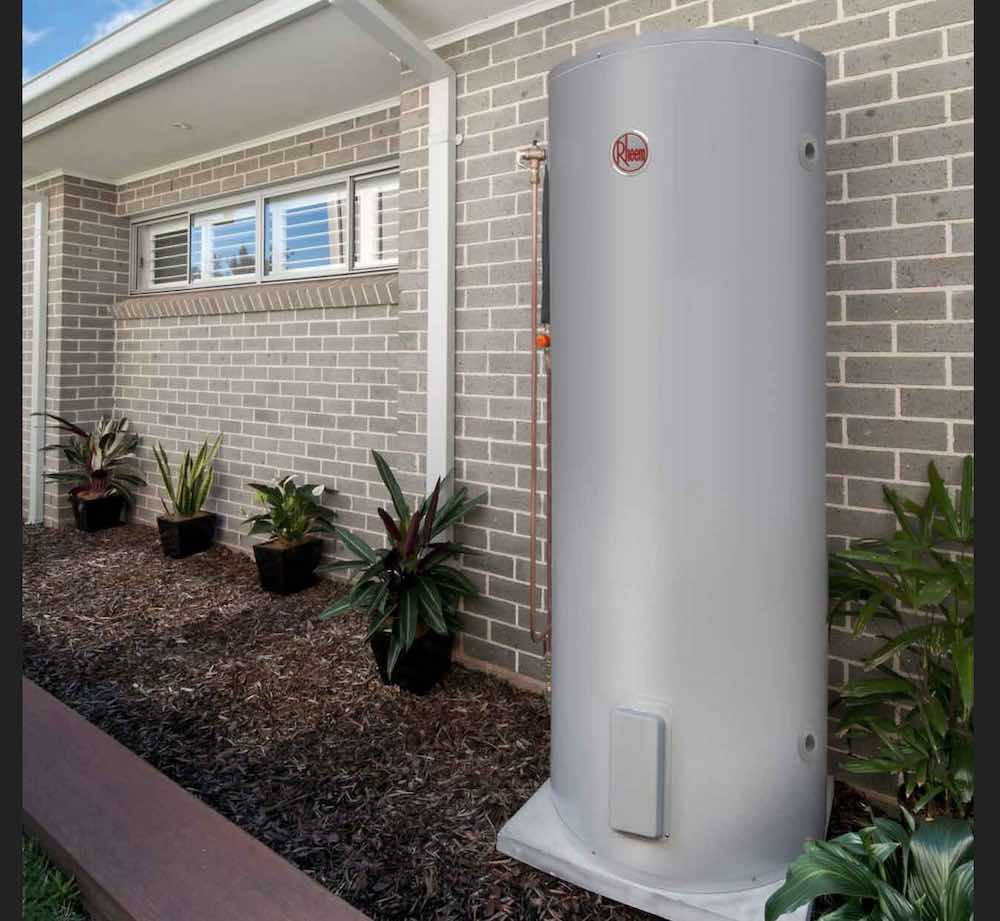
Efficient electrification of Victorian homes could slash residential gas demand by nearly two-thirds within 10 years, a new report has found, as pressure mounts on the state government to take the next step in phasing out the fossil fuel.
The modelling, undertaken by Climateworks Centre for the Energy Efficiency Council (EEC), finds that home electrification and energy efficiency improvements could drive a 64% drop in residential gas demand between 2025 and 2035.
In turn, the reduction of fossil gas use in Victorian homes could free up an average of 72 petajoules (PJ) a year through to 2035, the analysis shows, to support industries facing high prices and gas supply shortfalls.*

Figure 1: New analysis shows that energy efficiency and electrification could reduce Victoria’s fossil gas use by a volume comparable to gas use for power generation across Victoria, NSW and Queensland.
The report’s findings come amid hot political and industry debate over whether or not Victoria and other east coast states have adequate gas supply to meet demand from industry and for grid-scale generation, as coal exits and energy storage plays catch-up with renewables.
It also comes at what EEC chief Like Menzel describes as the “pointy end” of the Victorian Labor government’s deliberations on the next step for its Gas Substitution Roadmap, which currently bans the connection of new-build homes to the gas network.
A Regulatory Impact Statement (RIS) published in December 2024 presented three options on how the Roadmap might might gear up, the government’s preferred option being legislation requiring existing gas heaters and hot water systems to be replaced with efficient electric alternatives at end-of-life.
The Allan government’s argument is that gas is no longer a cheap and plentiful source of energy for Victorian households and businesses, and so weaning the state’s more than 2 million homes off the fossil fuel will cut energy bills while also freeing up supply for industry.
A 2024 report from IEEFA calculated that an average household would save about $1,200 each year if it replaced its gas appliances with efficient electric alternatives at the end of their life.
Menzel says factoring in the new projections of how much gas could be freed up out to 2035 makes home electrification “the no-brainer to end all no-brainers.”
And he’s calling on the state government to ratchet up the residential gas exit plan sooner, rather than later. The hope – and rumour – is that a decision on which path to choose is high on the agenda of this week’s cabinet meetings.
“This modelling reinforces that these changes don’t just help Victorian households, they support our industries as well. When households electrify, they help free up gas for Victorian manufacturers,” Menzel said on Monday.
“Many manufacturers can electrify or move to alternative low carbon fuels, but this takes time. While they work on that, lowering pressure on gas supply reduces the need for costly gas imports, which helps keep production down on a wide range of essentials households rely on, from groceries to pharmaceuticals.”
On the consumer side, Menzel says it’s about locking in huge potential energy bill savings as soon as possible, amid a cost of living crisis and increasing global instability.
“We’re talking about $5.6 billion of savings over 10 years for Victorian households if [the government ] puts the regulations through in the way … [it] has proposed,” Menzel tells Renew Economy.
“Another way of saying that is if they don’t put the regs through (in time for them to come into play in 2026), that’s another $5.6 billion in energy bills that people will be on the hook for.
“So it’s a no brainer from that perspective, and then from an industry perspective, it’s one of the most significant things that we can do to support industry while it transitions.”
Menzel says the Victoria is “kind of at the crossroads” of its residential gas phase-out, having identified a path forward that will deliver significant benefits, conducted consultation, and extended and expanded the state’s energy upgrades scheme to support home electrification.
“We know Minister D’Ambrosio has been championing these reforms … but we’re waiting with bated breath because it is going before cabinet sometime soon, and we we know that there’s been a lot of pressure from the gas industry to slow this this down,” he says.
“From our perspective, the Victorian government is standing in front of an open goal,” he adds.
“I feel like the government has done a huge amount of work to make sure that it’s ready to support Victorians through this transition. And in some ways, this is the last piece of the puzzle to, kind of like, put these regulations in place and quickly signal to the market on where this is going.
“This will be a step change … and it would put Victoria in a real leadership position around the country. So we’re very hopeful that [the government] makes the right call on this regulatory change that they’ve proposed and they take it forward.
“If they wanted to get it up for 2026, which is what’s proposed in the RIS – starting in July 01, 2026 – they need to give… a year’s notice. So it needs to be up within the next couple of weeks. So …we’re really getting to the pointy end,” Menzel says.
“And if we slow it down, it’s going to be Victorian consumers that get it in the neck.”
*This article has been corrected to reflect that 107 PJ is the total gas saving for all sectors of the economy (including industry). An earlier version of this story put that number at 130 PJ.







